Introduction
Beef Stroganoff is a classic dish that has captured the hearts and taste buds of food lovers across the globe. Originating from Russia, this creamy, savory delight combines tender strips of beef with a rich sauce, typically served over pasta or rice. Its popularity continues to soar, thanks to its comforting flavors and satisfying texture, making it a staple in many households. Among the myriad variations of this beloved dish, Gordon Ramsay’s interpretation stands out as a gourmet version that elevates the traditional recipe to new culinary heights.
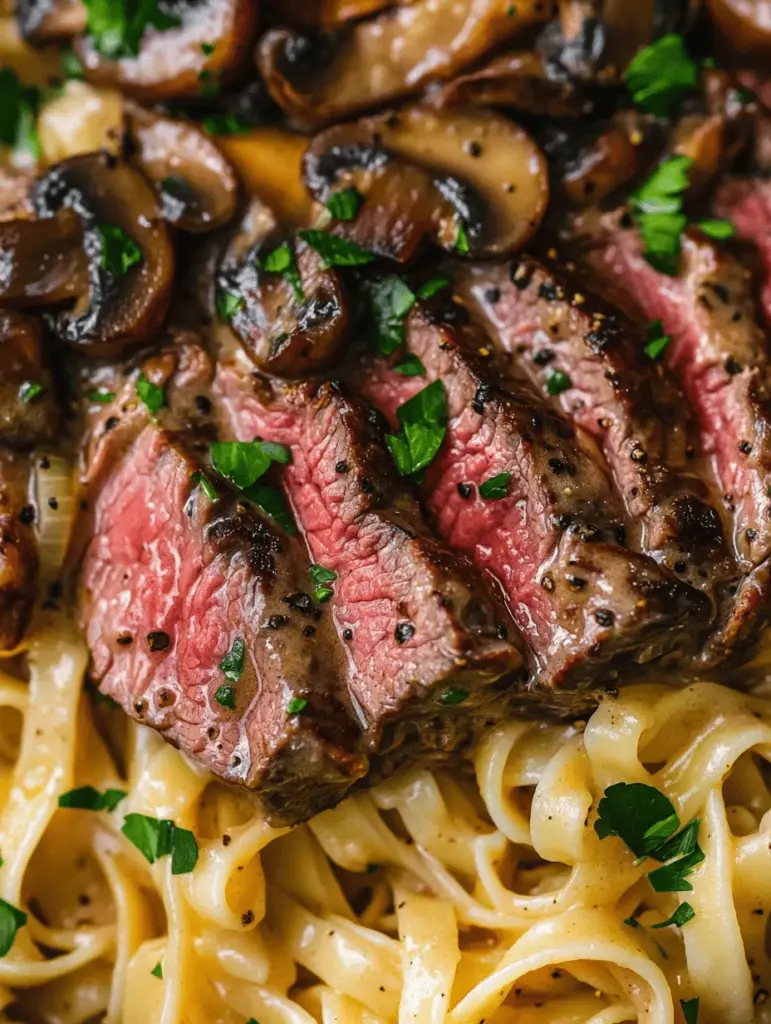
Gordon Ramsay, a world-renowned chef, is celebrated for his innovative approach to classic dishes. His Beef Stroganoff is no exception, showcasing high-quality ingredients and refined techniques that transform a humble comfort food into an extraordinary dining experience. Using fresh, premium components not only enhances the flavor but also allows the dish to shine in its simplicity. The result is a rich, velvety sauce that envelops perfectly cooked beef and pasta, creating a dish that is both indulgent and satisfying.
In this article, we will delve into the history and variations of Beef Stroganoff, explore the essential ingredients that make Ramsay’s version so exquisite, and outline the initial steps of preparing this delightful dish. Whether you’re a seasoned cook or a novice in the kitchen, this recipe promises to guide you in crafting a Beef Stroganoff that impresses every palate.
Understanding Beef Stroganoff
Historical Background of the Dish
The origins of Beef Stroganoff can be traced back to 19th century Russia, and it is believed to have been named after the Stroganov family, a wealthy merchant family known for their patronage of the arts and culinary innovation. The dish gained popularity in aristocratic circles and was eventually introduced to a broader audience. Traditional Beef Stroganoff was typically prepared with sautéed beef, onions, and a sour cream sauce, served over mashed potatoes or noodles.
As the dish spread beyond Russian borders, it adapted to different cultures and culinary preferences, resulting in various adaptations. From Hungary to France, each region added its unique twist to the recipe, incorporating local ingredients and flavors. Despite these variations, the essence of Beef Stroganoff remains unchanged—a comforting dish that celebrates the richness of beef and a creamy sauce.
Common Variations Across Different Cuisines
While the traditional Russian Beef Stroganoff is beloved, many culinary cultures have embraced and adapted the recipe to suit their tastes. For instance, in the United States, the dish often features a thicker sauce, with the addition of mushrooms and a variety of spices. In contrast, the Hungarian version, known as “pörkölt,” typically incorporates paprika, giving the dish a distinct flavor profile.
In France, chefs may add cognac or white wine to deglaze the pan, enhancing the depth of flavor and making the sauce even more luxurious. Regardless of the variation, the core components of beef, a creamy sauce, and a starchy base remain constant, ensuring that Beef Stroganoff continues to be a beloved comfort food across the globe.
Why Beef Stroganoff Remains a Classic Comfort Food
Beef Stroganoff’s enduring popularity can be attributed to its comforting nature and versatility. The dish strikes a perfect balance between rich flavors and satisfying textures, making it a go-to meal for cozy family dinners or special occasions. Additionally, its adaptability allows cooks to experiment with different ingredients while still maintaining the essence of the dish.
Furthermore, Beef Stroganoff is a dish that brings people together. It is often associated with home-cooked meals and shared experiences, evoking feelings of warmth and nostalgia. Whether enjoyed on a chilly evening or served at a festive gathering, this dish remains a heartwarming staple that delights both the palate and the soul.
Ingredients Breakdown
Overview of Key Ingredients Used in Gordon Ramsay’s Recipe
To achieve the gourmet twist that Gordon Ramsay is known for, it is essential to select high-quality ingredients. Each component plays a crucial role in developing the rich flavors and textures that define his Beef Stroganoff. Below is a closer look at the key ingredients that will elevate your dish from ordinary to extraordinary.
Beef Sirloin: Choosing the Right Cut
The star of any Beef Stroganoff is undoubtedly the beef itself. For Ramsay’s gourmet version, beef sirloin is his cut of choice. Sirloin is known for its tenderness and robust flavor, making it ideal for quick cooking methods like sautéing. When selecting your beef, look for well-marbled cuts that will remain juicy and flavorful during cooking.
Opt for grass-fed or organic beef, if possible, as these options tend to yield a richer taste and are often more ethically sourced. Slicing the beef against the grain will ensure tenderness in every bite, making for a truly enjoyable dining experience.
Olive Oil: Benefits of Using High-Quality Oil
Another fundamental ingredient in Ramsay’s recipe is olive oil. This high-quality oil not only serves as a cooking medium but also adds a lovely depth of flavor to the dish. When choosing olive oil, look for extra virgin varieties, which are cold-pressed and retain the most nutrients and flavor.
The use of olive oil in cooking also provides several health benefits. Rich in monounsaturated fats and antioxidants, it can help reduce inflammation and improve heart health. Its robust flavor complements the rich sauce and enhances the overall taste of the Beef Stroganoff.
Onions and Garlic: Adding Depth of Flavor
No savory dish is complete without the aromatic duo of onions and garlic. In Ramsay’s recipe, onions serve as a foundational flavor, providing sweetness and depth to the sauce. Sautéing onions until they become translucent releases their natural sugars, creating a rich and flavorful base for the dish.
Garlic, on the other hand, adds a punch of flavor and aroma that elevates the overall experience. Fresh garlic is preferred, as it imparts a more vibrant taste compared to powdered alternatives. Together, these ingredients create a harmonious blend of flavors that perfectly complement the beef and sauce.
Mushrooms: Varieties and Their Impact on the Dish
Mushrooms are a quintessential ingredient in Beef Stroganoff, contributing both flavor and texture. In Gordon Ramsay’s recipe, cremini or button mushrooms are commonly used, offering a mild earthiness that pairs well with the beef.
When selecting mushrooms, freshness is key. Look for firm and plump mushrooms without any blemishes. If you’re feeling adventurous, consider experimenting with other mushroom varieties like shiitake or portobello, which can add unique flavors and textures to your dish.
Beef Stock and Sour Cream: The Foundation of the Sauce
The sauce is what truly defines Beef Stroganoff, and two critical components are beef stock and sour cream. Beef stock serves as the base for the sauce, infusing it with rich, meaty flavor. For the best results, consider using homemade stock or high-quality store-bought options.
Sour cream adds a creamy texture and tangy flavor that balances the richness of the dish. It also helps to create that signature velvety sauce that Beef Stroganoff is known for. When incorporating sour cream, be sure to temper it with a bit of the hot sauce before adding it to the pan to prevent curdling.
Dijon Mustard and Worcestershire Sauce: Enhancing Flavor Profiles
To further enhance the flavor profiles of Ramsay’s Beef Stroganoff, Dijon mustard and Worcestershire sauce are added. Dijon mustard provides a subtle tanginess and depth that elevates the sauce, while Worcestershire sauce adds umami richness that rounds out the flavors.
These two ingredients work in harmony to create a well-balanced sauce that is both complex and satisfying. A little goes a long way, so be sure to taste as you go to achieve the perfect balance.
Seasoning: The Role of Salt and Pepper
Finally, seasoning is essential in bringing all the flavors together. Salt and freshly cracked black pepper are the primary seasonings used in Ramsay’s Beef Stroganoff. The right amount of seasoning enhances the natural flavors of the ingredients and allows each component to shine.
Be mindful of the salt content in your beef stock and Worcestershire sauce, as they can contribute to the overall saltiness of the dish. Taste your sauce as you go and adjust the seasoning accordingly to ensure a well-rounded flavor profile.
Pasta Options: Tagliatelle vs. Egg Noodles
When it comes to serving Beef Stroganoff, the choice of pasta can make a significant difference in the overall experience. Gordon Ramsay often suggests using tagliatelle, a flat, ribbon-like pasta that holds sauce beautifully. Its wide surface area allows for maximum sauce adhesion, ensuring that every bite is packed with flavor.
Alternatively, egg noodles are a classic choice for Beef Stroganoff, providing a soft and chewy texture that complements the creamy sauce. Both options are excellent, so feel free to choose based on your personal preference or what you have on hand.
Step-by-Step Cooking Instructions
Detailed Preparation of the Pasta
To begin your culinary journey with Gordon Ramsay’s Beef Stroganoff, you will first need to prepare the pasta. Start by bringing a large pot of salted water to a rolling boil. The salt is crucial, as it enhances the pasta’s flavor during cooking.
Once the water is boiling, add your chosen pasta—whether it be tagliatelle or egg noodles—and stir gently to prevent sticking. Cooking times may vary depending on the type of pasta, so be sure to check the package instructions for guidance. Typically, fresh pasta will take just a few minutes, while dried pasta may require 8-12 minutes.
Importance of Cooking Pasta Al Dente
Cooking pasta al dente is essential for achieving the perfect texture. This Italian term means “to the tooth,” and it refers to pasta that is cooked until it is firm to the bite. Al dente pasta holds up better when combined with the sauce and prevents it from becoming mushy.
To test for doneness, take a piece of pasta out of the pot and bite into it. If it has a slight bite in the center but is cooked through, it’s ready to be drained. Reserve a cup of the pasta cooking water before draining, as this starchy water can be added to the sauce if needed for consistency.
Tips to Prevent Sticking
To prevent your pasta from sticking together, follow these helpful tips:
1. Use Plenty of Water: Ensure you have a large pot with ample water to give the pasta room to cook evenly.
2. Stir Occasionally: Gently stir the pasta during the first few minutes of cooking to prevent it from clumping together.
3. Avoid Oil: While some cooks add oil to the cooking water, it can create a barrier on the pasta, making it difficult for the sauce to adhere later. It’s best to skip this step.
Searing the Beef: Techniques for Perfect Browning
Once your pasta is cooked and set aside, it’s time to focus on the beef. Properly searing the beef is crucial for developing flavor through the Maillard reaction, which creates a beautiful brown crust. To achieve the perfect sear, follow these steps:
1. Preheat the Pan: Heat a large skillet over medium-high heat and add a drizzle of olive oil. Wait until the oil is hot but not smoking before adding the beef.
2. Pat the Beef Dry: Ensure your beef is patted dry with paper towels, as excess moisture can hinder browning.
3. Cook in Batches: Avoid overcrowding the pan, as this will cause the beef to steam rather than sear. Cook the beef in batches, allowing each piece to achieve a golden-brown crust before removing it from the pan.
4. Don’t Move the Beef Too Much: Let the beef sit undisturbed for a minute or so before flipping it. This will help form a nice crust.
5. Monitor Doneness: Sear the beef for about 2-3 minutes per side, depending on the thickness of the slices. You want it to be browned on the outside but still tender and juicy on the inside.
By following these initial steps with attention to detail and quality ingredients, you will set the foundation for a Gordon Ramsay-inspired Beef Stroganoff that is not only delicious but also a testament to the art of cooking. Stay tuned for the next segment, where we will delve into the preparation of the sauce and the assembly of this gourmet dish.
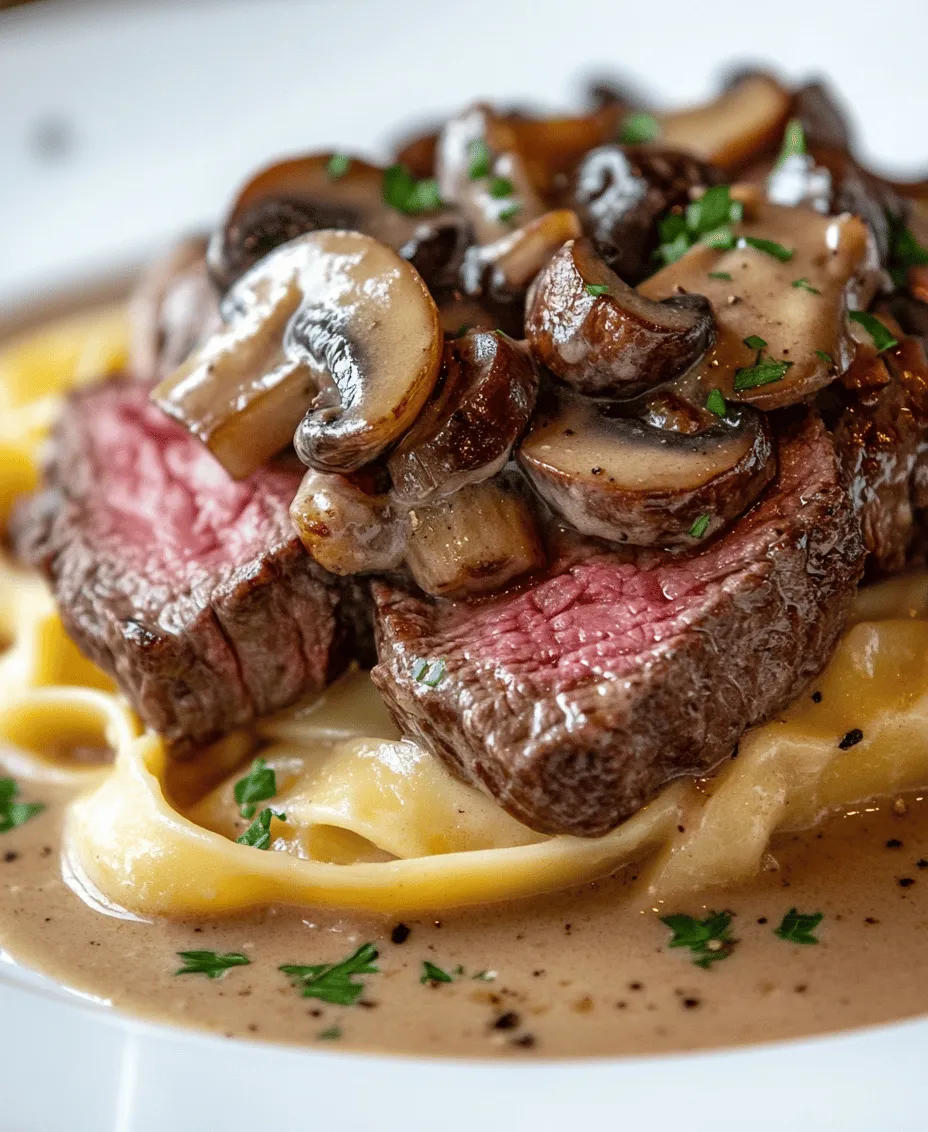
Importance of Cooking in Batches
When preparing Gordon Ramsay’s gourmet beef stroganoff, cooking in batches is crucial for achieving the best flavor and texture. This method prevents overcrowding in the pan, allowing each ingredient to sear properly and enhance its flavors. Overcrowding can lead to steaming rather than sautéing, which diminishes the dish’s overall quality. By cooking the beef, mushrooms, and aromatics separately, each component retains its individual character and contributes to the dish’s complexity.
How to Achieve the Ideal Texture
Achieving the ideal texture in beef stroganoff hinges on two primary components: the beef and the mushrooms. The beef should be tender yet firm, while the mushrooms need to be cooked until golden brown, providing a satisfying bite. For the beef, opt for cuts like sirloin or tenderloin, which cook quickly and remain juicy. The mushrooms should be sautéed until they release their moisture and develop a rich, savory flavor. This careful attention to texture elevates the dish from ordinary to extraordinary.
Sautéing Aromatics: Enhancing the Base of the Dish
Aromatic ingredients such as onions and garlic form the base of any great beef stroganoff. Start by finely chopping the onions and mincing the garlic. Sauté them in a combination of butter and oil to create a rich, flavorful base. The oil raises the smoke point, preventing the butter from burning, while the butter adds a creamy richness. Sauté the onions until they become translucent, then add the garlic, cooking just until fragrant. This step is crucial as it builds the foundation for the entire dish.
Timing and Techniques for Onions and Garlic
Timing is everything when it comes to sautéing onions and garlic. Begin by cooking the onions over medium heat, stirring frequently to prevent them from browning too quickly. Once they are soft and translucent, usually about 5-7 minutes, add the minced garlic. Garlic cooks much faster than onions, so sauté it for only 30 seconds to a minute. Overcooking garlic can lead to a bitter taste, which is not desirable in your stroganoff.
Cooking the Mushrooms: Achieving the Right Texture
Mushrooms should be the next component added to the pan. Use a mix of cremini and shiitake mushrooms for a depth of flavor. Slice them evenly to ensure they cook uniformly. Sauté the mushrooms in a hot pan with a bit of oil until they are browned and crispy on the edges, which usually takes about 5-10 minutes. The key is to allow them enough space in the pan, similar to the beef, to avoid steaming. Once golden, remove them from the pan and set aside to retain their texture.
Importance of Moisture Management
Managing moisture is essential to crafting the perfect beef stroganoff. After cooking the beef, mushrooms, onions, and garlic, you’ll notice that they release juices. It’s important to leave enough moisture for the sauce without letting it become soupy. If excess liquid accumulates, you can deglaze the pan with a splash of wine or broth, which will help lift the fond (flavor bits stuck to the pan) and enhance the sauce’s richness.
Creating the Sauce: Balancing Flavors
The sauce is what brings the entire dish together. After sautéing your ingredients, return them to the pan and introduce a splash of white wine or beef broth to deglaze. This step is critical as it captures the flavors left behind in the pan. Allow the liquid to reduce for a minute or two, then add sour cream and Dijon mustard for creaminess and tang. Stir gently to combine, ensuring the sauce is smooth and coats the back of a spoon. Taste and adjust the seasoning with salt and freshly cracked black pepper.
Step-by-Step Guide to Deglazing and Mixing Ingredients
1. Deglazing the Pan: After removing the sautéed ingredients, add a splash of white wine or beef broth to the hot pan, scraping the bottom with a wooden spoon to release the fond.
2. Reducing the Liquid: Let the liquid simmer for a few minutes until slightly thickened.
3. Incorporating the Cream: Lower the heat and stir in sour cream and Dijon mustard, mixing until smooth.
4. Reintroducing Ingredients: Add the sautéed beef, mushrooms, and aromatics back into the sauce, stirring gently to combine.
5. Final Simmer: Allow the mixture to simmer for a few more minutes, letting the flavors meld while ensuring the beef stays tender.
Tips for Achieving the Desired Thickness
To achieve the desired sauce thickness, consider the following tips:
- Adjust Liquid Levels: If the sauce is too thin, let it simmer uncovered for a few minutes to reduce. For a thicker sauce, you can mix a teaspoon of cornstarch with a tablespoon of cold water, then stir it into the sauce while it’s simmering.
- Use High-Quality Ingredients: The quality of your beef and dairy products can significantly affect sauce consistency and flavor.
- Avoid Overcooking: Keep an eye on the beef; overcooking can lead to a dry texture, affecting the overall enjoyment of the dish.
Combining Ingredients: Bringing the Dish Together
Once the sauce has reached the desired consistency, it’s time to bring all the elements together. Gently fold in the sautéed beef and mushrooms, ensuring they are well coated in the creamy sauce. Allow the mixture to heat through on low heat for a few minutes, letting the flavors infuse while keeping the beef tender. This step should be quick to prevent the beef from cooking further, which could lead to a tougher texture.
Importance of Heating the Beef Properly
Heating the beef properly is essential to maintain its tenderness. Since the beef is already cooked, you only need to warm it through. Prolonged exposure to heat can make it chewy and dry. After combining it with the sauce, keep the heat low and stir gently to ensure an even temperature without overcooking.
Adjusting Seasoning for Taste
Finally, taste the stroganoff before serving. Adjust the seasoning as needed by adding more salt, pepper, or a splash of Worcestershire sauce for depth. This final touch is crucial, as it enhances the flavors and balances the creamy sauce with a hint of acidity and umami.
Serving Suggestions
Ideal Presentation Techniques for Beef Stroganoff
Presentation plays a significant role in the dining experience. For beef stroganoff, consider using wide, shallow bowls to allow the creamy sauce to pool beautifully around the beef and mushrooms. Garnish the dish with a sprinkle of fresh parsley or chives for a pop of color and freshness. A dollop of sour cream on top can also enhance the visual appeal and add an extra layer of creaminess.
Pairing Recommendations for Sides and Beverages
Beef stroganoff pairs wonderfully with sides that complement its rich flavors. Consider serving it over a bed of buttered egg noodles or creamy mashed potatoes, which soak up the sauce beautifully. For a lighter option, serve with steamed green beans or a crisp salad dressed in vinaigrette to cut through the richness of the stroganoff.
When it comes to beverages, a glass of red wine such as Pinot Noir or Merlot enhances the meal. The wine’s fruity notes balance the savory flavors of the dish. If you prefer non-alcoholic options, a sparkling water with a splash of lemon or a hearty iced tea can also be refreshing choices.
Suggested Wines or Alternative Drinks
In terms of wine, you can opt for a full-bodied red like Cabernet Sauvignon or a lighter white such as Chardonnay, depending on your taste preferences. For those seeking non-alcoholic alternatives, consider serving a rich, dark soda or a robust herbal tea as a complement to the meal.
Garnishing Tips to Enhance Visual Appeal
To elevate the dish visually, consider garnishing with finely chopped herbs such as parsley or dill. A sprinkle of paprika can add a touch of color, while a few shavings of Parmesan cheese can introduce an additional flavor layer. This attention to detail not only makes the dish more appetizing but also showcases your culinary skills.
Nutritional Information
Breakdown of Calories and Macros per Serving
A typical serving of Gordon Ramsay’s gourmet beef stroganoff contains approximately 500-600 calories, depending on the portion size and specific ingredients used. The macros generally break down to about 30g of protein, 35g of carbohydrates, and 25g of fat. Adjusting the recipe, such as using low-fat sour cream or whole grain pasta, can alter these values for those tracking their nutrition closely.
Discussion on Dietary Considerations
For those with dietary restrictions, consider gluten-free pasta options for a gluten-sensitive audience. Additionally, for a lighter version, you can substitute sour cream with Greek yogurt, which provides creaminess while reducing calories. Always be mindful of individual dietary needs and preferences to ensure everyone at the table can enjoy this dish.
Balancing Indulgence with Healthy Eating
While beef stroganoff is undeniably indulgent, balance is key. Incorporating more vegetables, such as spinach or bell peppers, can enhance the dish’s nutritional profile without sacrificing flavor. Additionally, serving smaller portions alongside a hearty salad can provide a satisfying meal that feels both indulgent and wholesome.
Conclusion
Gordon Ramsay’s gourmet beef stroganoff is a must-try recipe that combines rich flavors, tender beef, and a creamy sauce that comforts and delights. This dish not only showcases your culinary talents but also offers a gourmet experience right in your kitchen. By following the detailed steps and tips provided, you can create a restaurant-quality stroganoff that is sure to impress family and friends.
Encourage yourself to explore this comforting dish in your own kitchen, adapting it to your taste and dietary preferences. Enjoy the process of cooking and the joy of serving a delicious, homemade gourmet meal that brings warmth and satisfaction to any dining occasion. Embrace the art of home cooking and savor every bite of this exquisite beef stroganoff.
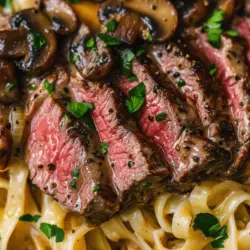

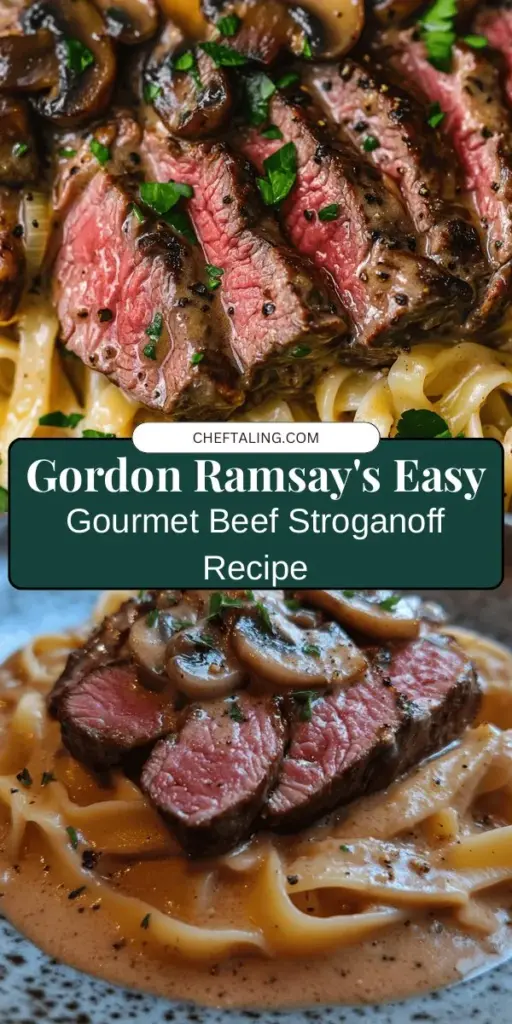

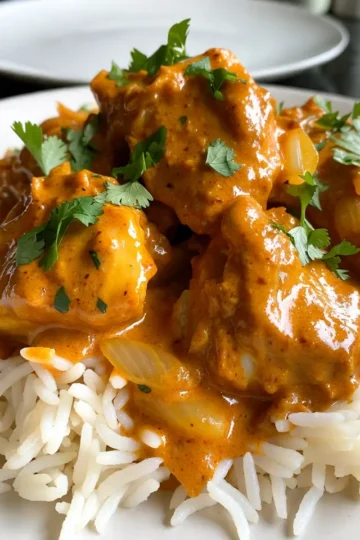
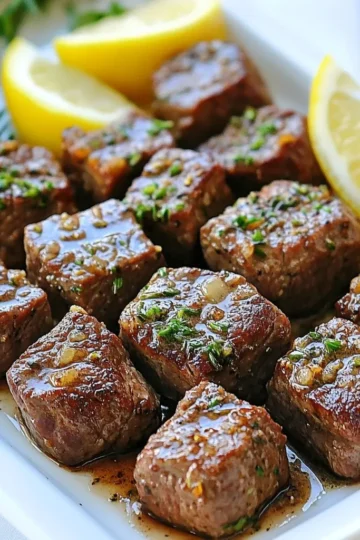
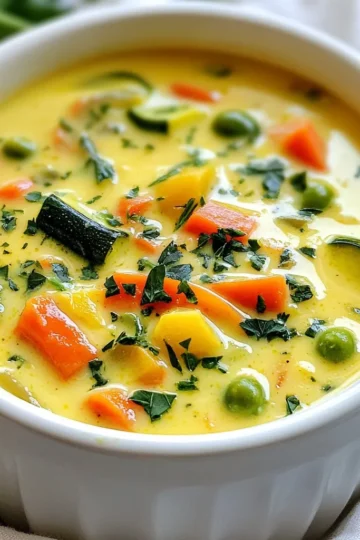
Leave a Reply